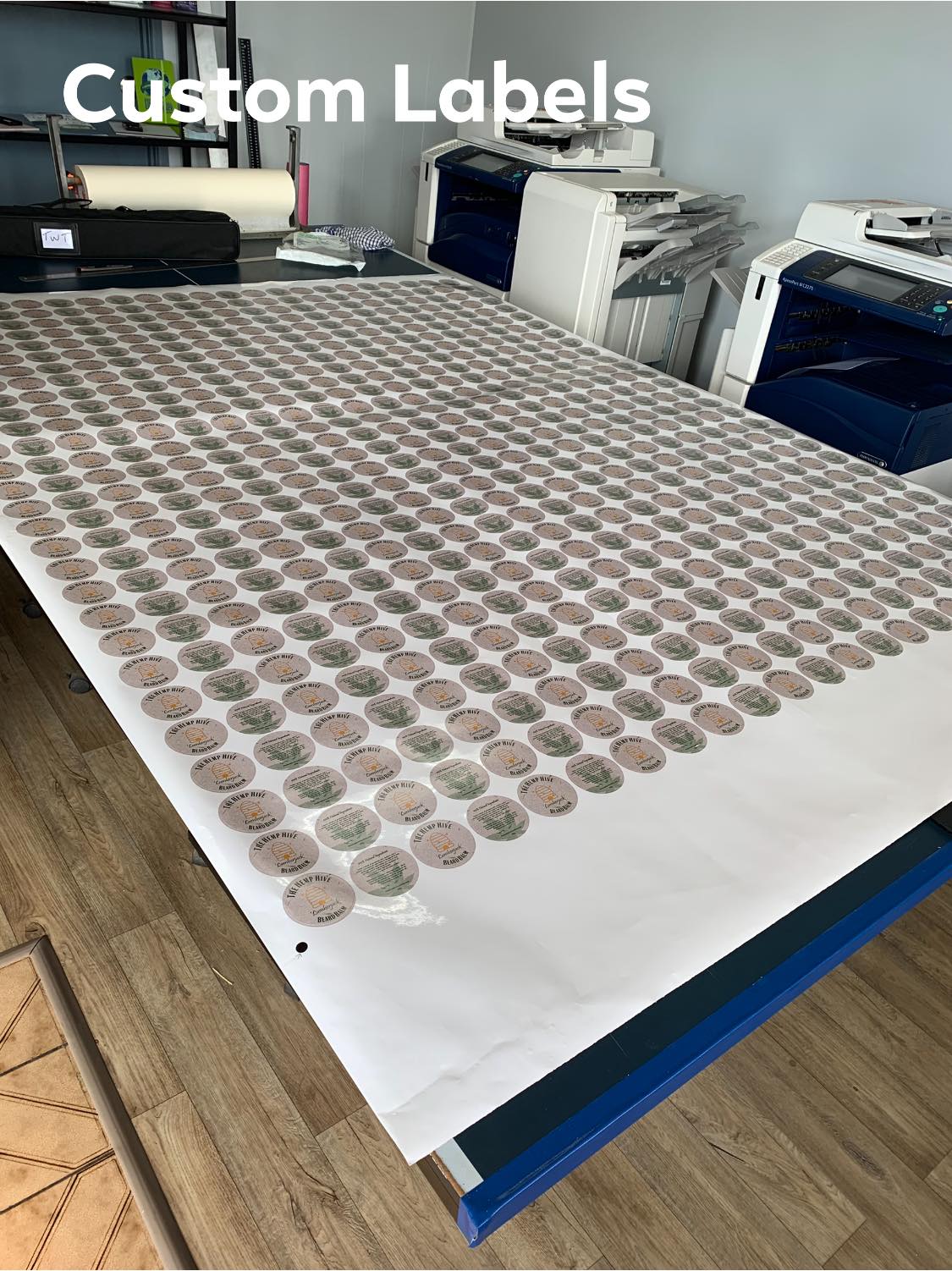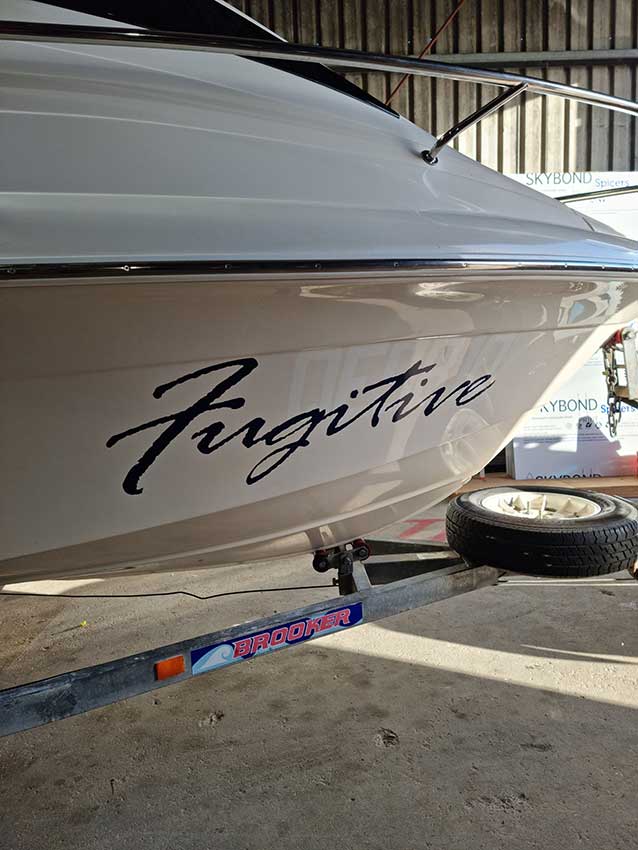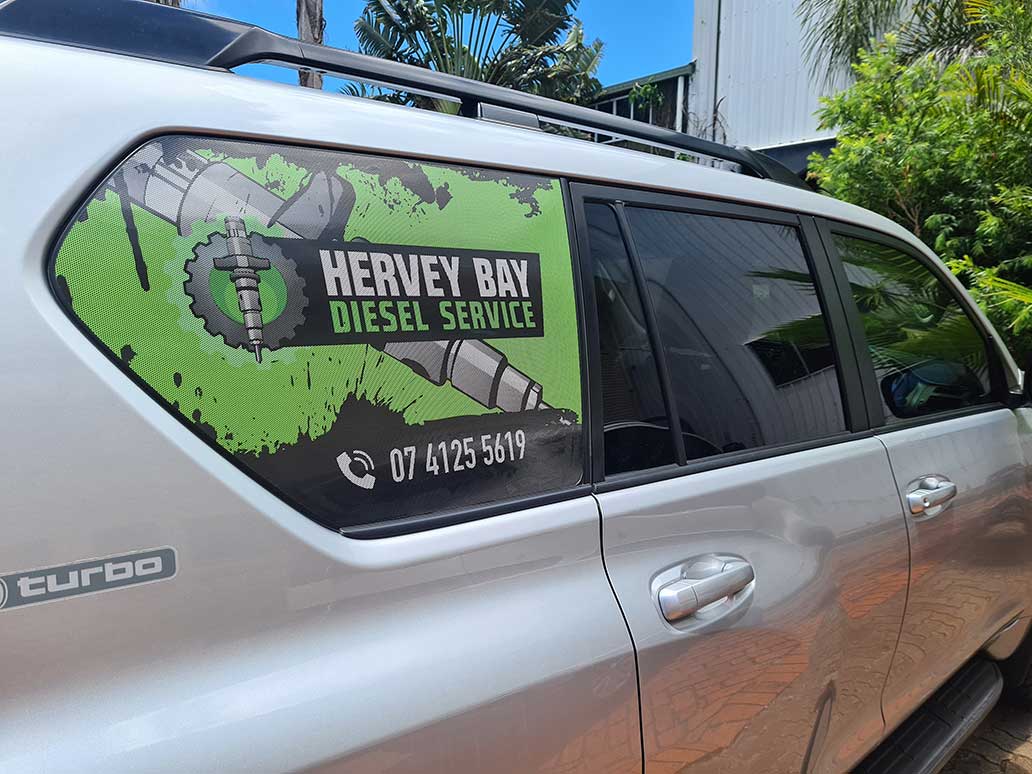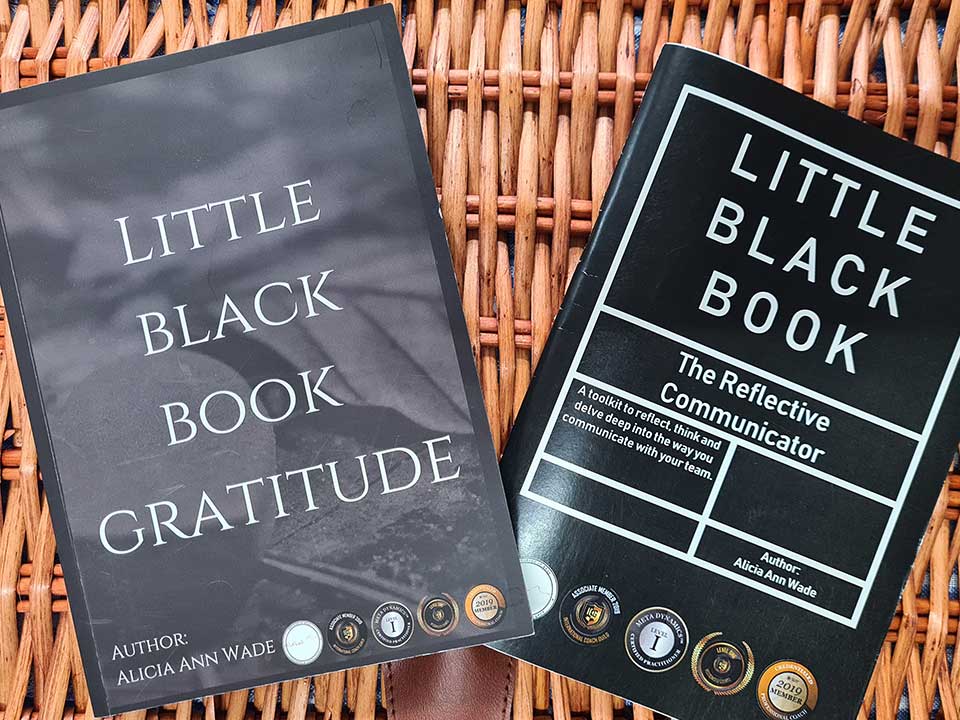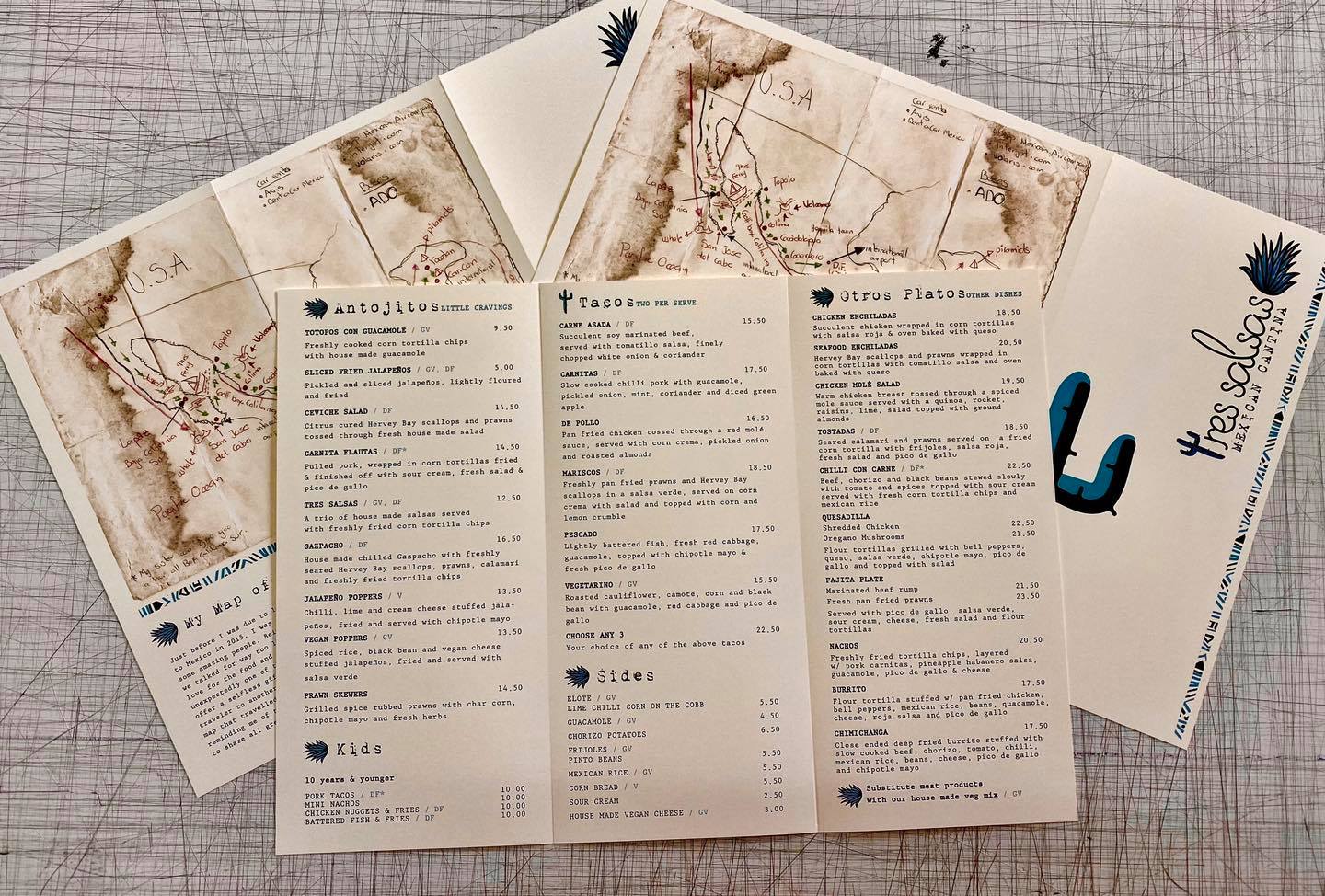Overview of Labels and Their Uses
Labels are more than just pieces of paper or adhesive stickers; they play a crucial role in our everyday lives. From product packaging to personal items, labels help us identify, organise, and convey important information. Whether you’re in a retail environment or simply looking to keep your home tidy, labels serve as an effective way to communicate key details at a glance. They can provide information about contents, usage instructions, or even branding elements that make a product recognisable. In essence, labels are a powerful tool for both organisation and communication.
Importance of Labels in Branding and Marketing
When it comes to branding and marketing, labels are essential. They are often the first thing a customer sees, and a well-designed label can make a significant impact. A label is not just functional; it’s a marketing asset. It reflects your brand’s identity, values, and quality. For businesses, having eye-catching labels can set products apart from competitors and attract customers’ attention on crowded shelves.
Labels can enhance the customer experience by providing vital information—think ingredients, safety warnings, and usage instructions. In today’s competitive market, investing in high-quality labels that resonate with your target audience can significantly influence purchasing decisions and build brand loyalty.
Types of Labels
Name Labels for Clothes
Name labels are a practical solution for keeping track of personal belongings, especially in settings like schools or shared living spaces. These labels can be sewn or ironed onto clothing, helping to prevent lost items. Not only do they ensure that kids’ uniforms and jackets don’t go missing, but they also provide an extra layer of personalisation. With various designs available, you can choose from fun, colourful options that appeal to children, or more sophisticated styles for adult clothing.
Sticker Labels vs. Traditional Labels
When discussing labels, it’s important to differentiate between sticker labels and traditional labels. Sticker labels are typically adhesive and can be easily applied to various surfaces, making them versatile for many uses—think product labels, promotional stickers, or decorative elements. Traditional labels, on the other hand, may include tags, which are often used for clothing or packaging and may not have adhesive backing. Both types serve their purposes, but the choice between them usually depends on the specific application and desired aesthetics.
Custom Labels for Various Applications
Custom labels offer a fantastic way to tailor your branding to fit specific needs. Whether you’re looking for labels for your homemade products, personalised gifts, or unique business branding, the possibilities are endless. Custom labels allow you to choose everything from size and shape to design and material. They can improve the presentation of your items and help establish a strong brand identity. Plus, they’re perfect for special occasions like weddings or parties, where personalised touches can make a memorable impact.
Food Labels and Compliance
Food labels are particularly important because they not only provide essential information to consumers but are also subject to strict regulations. In Australia, food labeling laws require clear indication of ingredients, allergens, nutritional information, and expiry dates. This transparency helps consumers make informed choices about what they eat and ensures food safety. For businesses in the food industry, understanding and adhering to these regulations is crucial to avoid fines and build trust with customers. Having professional, compliant food labels not only meets legal requirements but also showcases your brand’s commitment to quality and safety.



